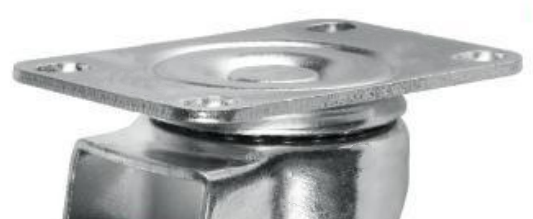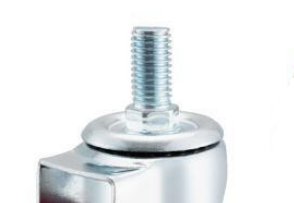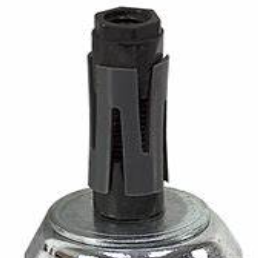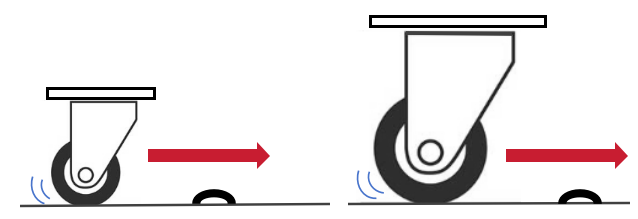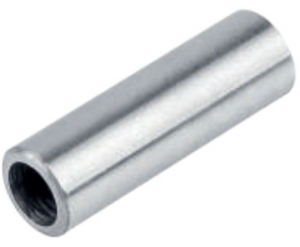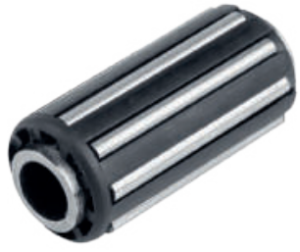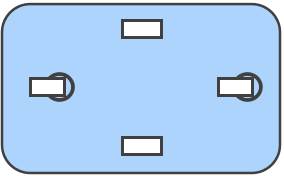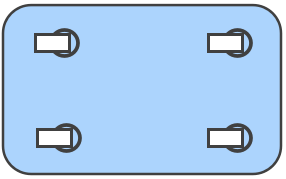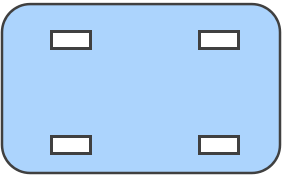Hi! Welcome to WheelsWaycaster.com. Let us guide you through this stage equipment caster page.
From flight cases to mobile stages and set pieces, stage equipment is the backbone of any successful performance. Whether it’s orchestrating a quick change of stage layout or smoothly moving equipment on and off the stage, at WheelsWay, we provide durable caster wheels that can ensure the mobility of your equipment. Let’s rock and “Roll” !


